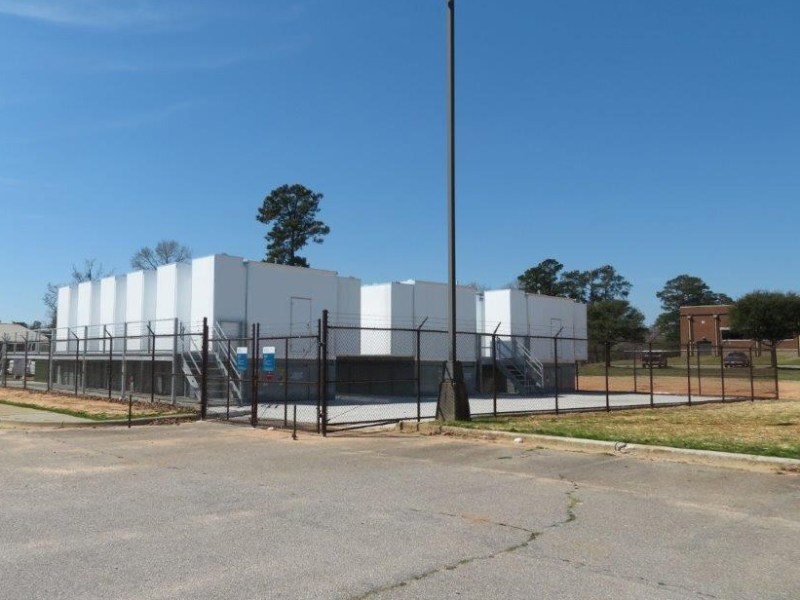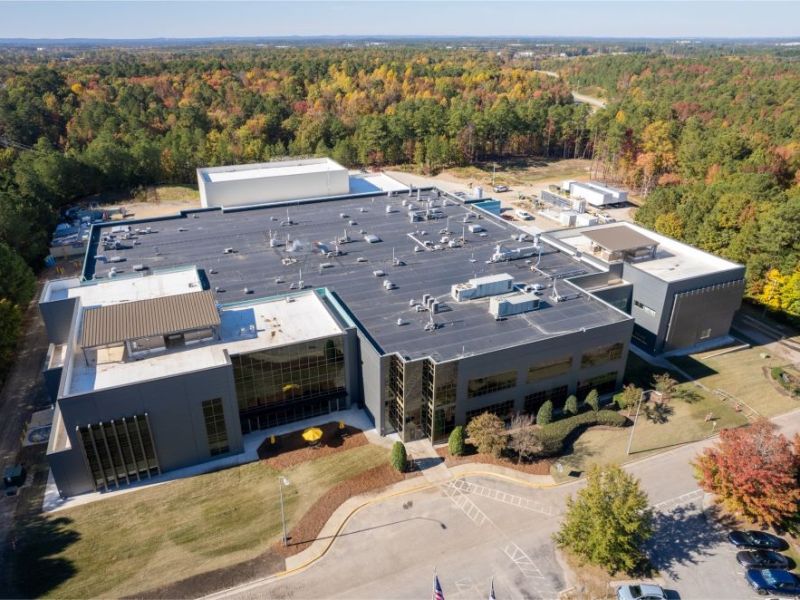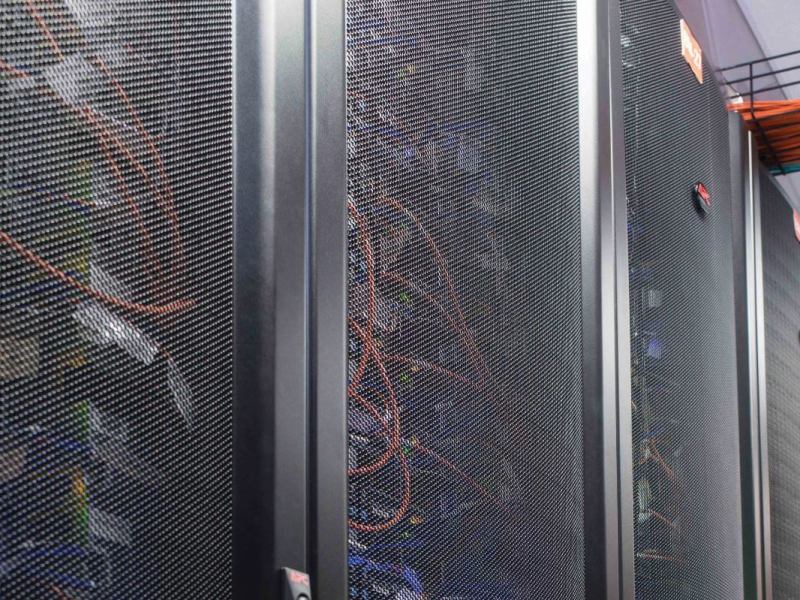Case Studies
Every day, we help our customers run stronger, more resilient operations that fully integrate into their overall business models. Check out our commercial case studies to learn more about how businesses across all industries are working with us to save money, better protect their operations and achieve energy goals.
1/3
Browse All Customer Successes
Filters
Showing



